I have a remote control that advertises BLE raw data:

I need to make the exact advertisement (0x18f90...) using my raspberry pi or esp32 microcontroller. The problem is I can't find a way to advertise that exact raw data. Every library like espressif or sample code I use, kind of generates the raw data. Like this esp32 Arduino BLE iBeacon snippet:
BLEBeacon oBeacon = BLEBeacon();
oBeacon.setManufacturerId(0x5558); // fake Apple 0x004C LSB (ENDIAN_CHANGE_U16!)
oBeacon.setProximityUUID(BLEUUID(BEACON_UUID));
oBeacon.setMajor((bootcount & 0xFFFF0000) >> 16);
oBeacon.setMinor(bootcount&0xFFFF);
BLEAdvertisementData oAdvertisementData = BLEAdvertisementData();
BLEAdvertisementData oScanResponseData = BLEAdvertisementData();
Can anyone suggest a way to exactly clone a BLE advertiser?
The nRF Connect app has a feature to clone the advertiser, but no exporting is provided.